Table of Contents Show
When it comes to owning an RV it’s really important to regularly maintain your rig.
The best way to do this is by keeping a regular maintenance schedule and tracking the completion. Things like regularly checking the tires, the water pipes and drains for leaks, and checking the batteries in your alarms.
Having a regular schedule will help you catch things early and prevent any major issues. A big one that needs to happen regularly is sanitizing your RV water tank.
Benefits of Sanitizing Your Tank
Whether you full time or take your RV out intermittently it’s important to sanitize your RV water tank.
We drink this water and if it becomes contaminated in any way it could have an effect on our bodies.
When we regularly sanitize the RV fresh water tank and water lines it keeps us healthy.
How Often Should You Sanitize?
When it comes to sanitizing your RV water tank you should do it at least every six months.
If you full-time a six-month schedule is just fine.
If you are intermittent when using your RV for camping trips, you might want to consider a more regular RV maintenance schedule like every 3 months.
What happens in the tank is mold, mildew, and bacteria can build up and water that sits in the tank for long periods becomes stale.
As you use the water in the tank the water level lowers and the areas not in the water build up moisture making it a perfect breeding ground.
When you empty and fill it up over and over the water quality eventually can become less drinkable or have a bad taste even if you are using a water filter.
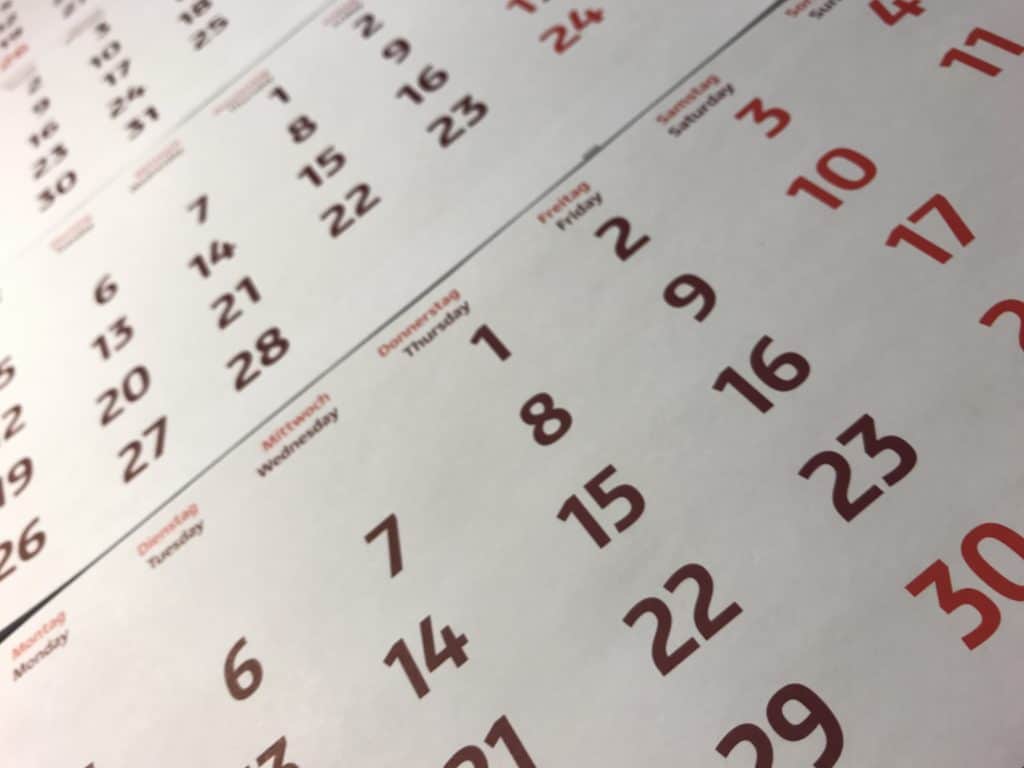
How Much Time Does It Take to Sanitize your Tank
Sanitizing your RV water tank is a little bit of a longer process. Allow about 12 hours to sanitize everything properly.
You have to let the solution sit in the tank long enough to actually kill any bacteria and clean it out. This process can be done in about five to eight hours if you are in a hurry but for best results you need 12 hours.
Supplies
How to Sanitize RV Water Tank
Time needed: 12 hours and 30 minutes
Follow the steps below to sanitize your RV water tank.
- Drain the RV’s Fresh Water System
The first step is to drain the fresh water system. This can be done by opening the water valves for the tank and the water lines. If you don’t know where any of these are, refer to your owner’s manual.
- Drain the RV Water Heater Tank (Optional)
If you want to sanitize your hot water lines then proceed with draining the water heater tank as well. There is typically a plug that you just unscrew and let the water drain once it has sufficiently cooled off. Rescrew the plug when finished draining.
- Create the Sanitizing Solution
While the water is draining you can create the sanitizing solution. The most effective solution is using plain liquid household bleach. The solution consists of ¼ cup of bleach for every 16 gallons in your freshwater tank. Measure how much you need for your tank in a measuring cup. Dilute it by mixing bleach and water in a large pitcher. There are alternatives if you are concerned with using bleach. There are solutions you can purchase at any RV supply store or you can also use vinegar. Vinegar is not as effective as bleach but it can be used as an alternative.
- Bypass the Water Heater
Ensure that the hot water tank bypass is switched to not allow bleach into the tank. If you don’t know how to do this please refer to your owner’s manual.
- Add Sanitizing Solution to the Water Supply
You can either pour the bleach solution into your fresh water inlet or use a small drill pump to add it to your tank through the city water connection. Make sure to remove any water filters before pumping though.
- Turn on Water Pump
Turn on your water pump to distribute the bleach mixture through your RV’s water system.
- Open Up Each Faucet Until You Smell Bleach
Turn on all your cold water faucets one by one until you can smell bleach. If you are sanitizing your hot water heater, do the same with your hot water lines. Don’t forget your ice maker, outside shower, and washing machine lines.
- Top Off the RV Water Tank
Make sure to top the fresh water tank off with water so the solution can reach every part of your tank and sanitize your whole RV water tank. You will know when it is full when water is coming out of the overflow valve.
- Let Sit in Entire RV Water System for 12 Hours
Let the bleach solution sit for 12 hours. This will give the solution time to kill anything that might be living in the tank and water lines.
- Drain And Flush The Bleach Solution From RV Fresh Water System
You can now drain the tank systems again by opening up all the valves along with unplugging the water heater tank. Once draining is done you will want to flush the system out to make sure to get rid of all the bleach. You will know it’s out when you can no longer smell the diluted bleach.
Last update on 2025-01-19 / Affiliate links / Images from Amazon Product Advertising API




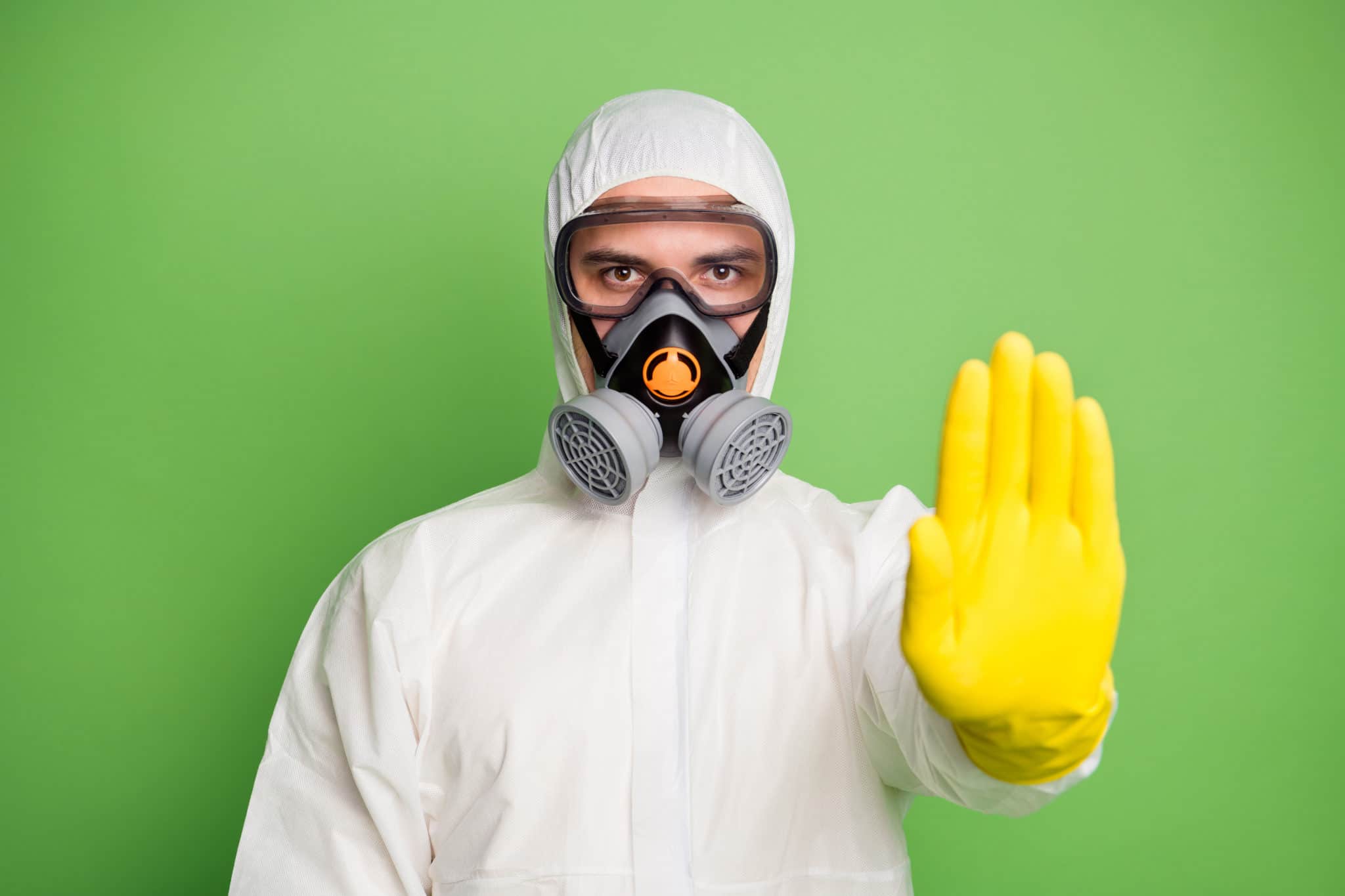




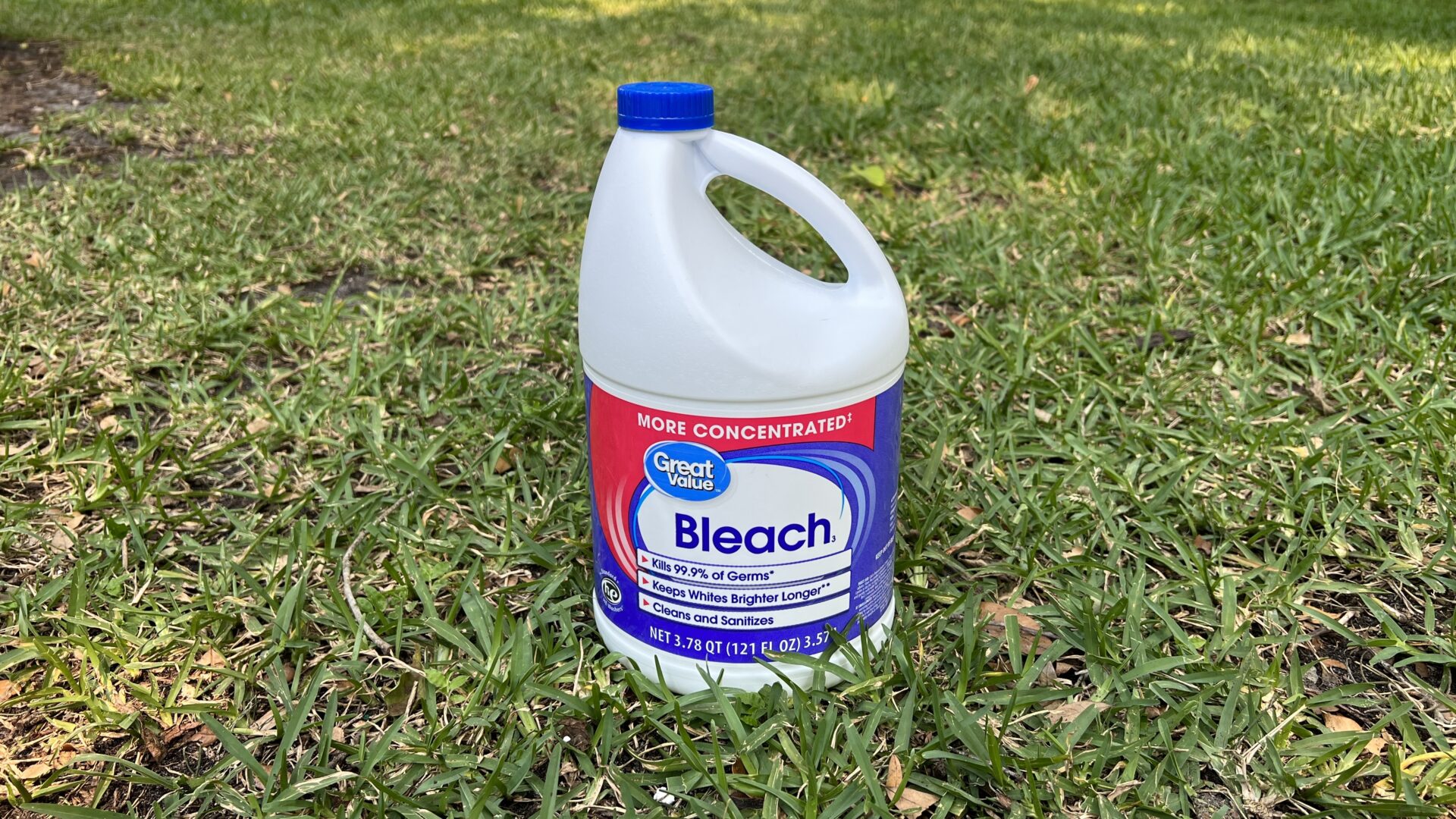
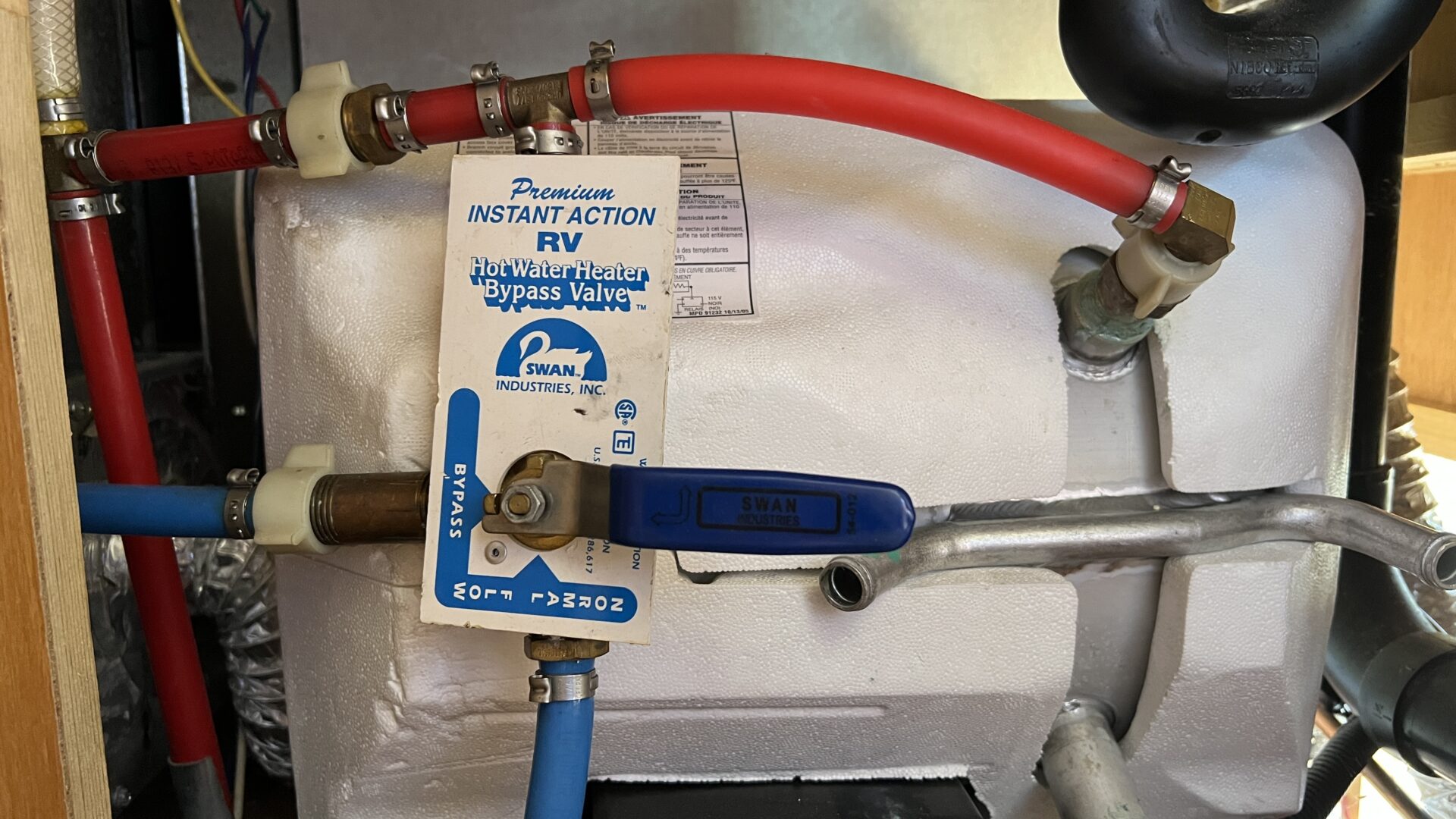
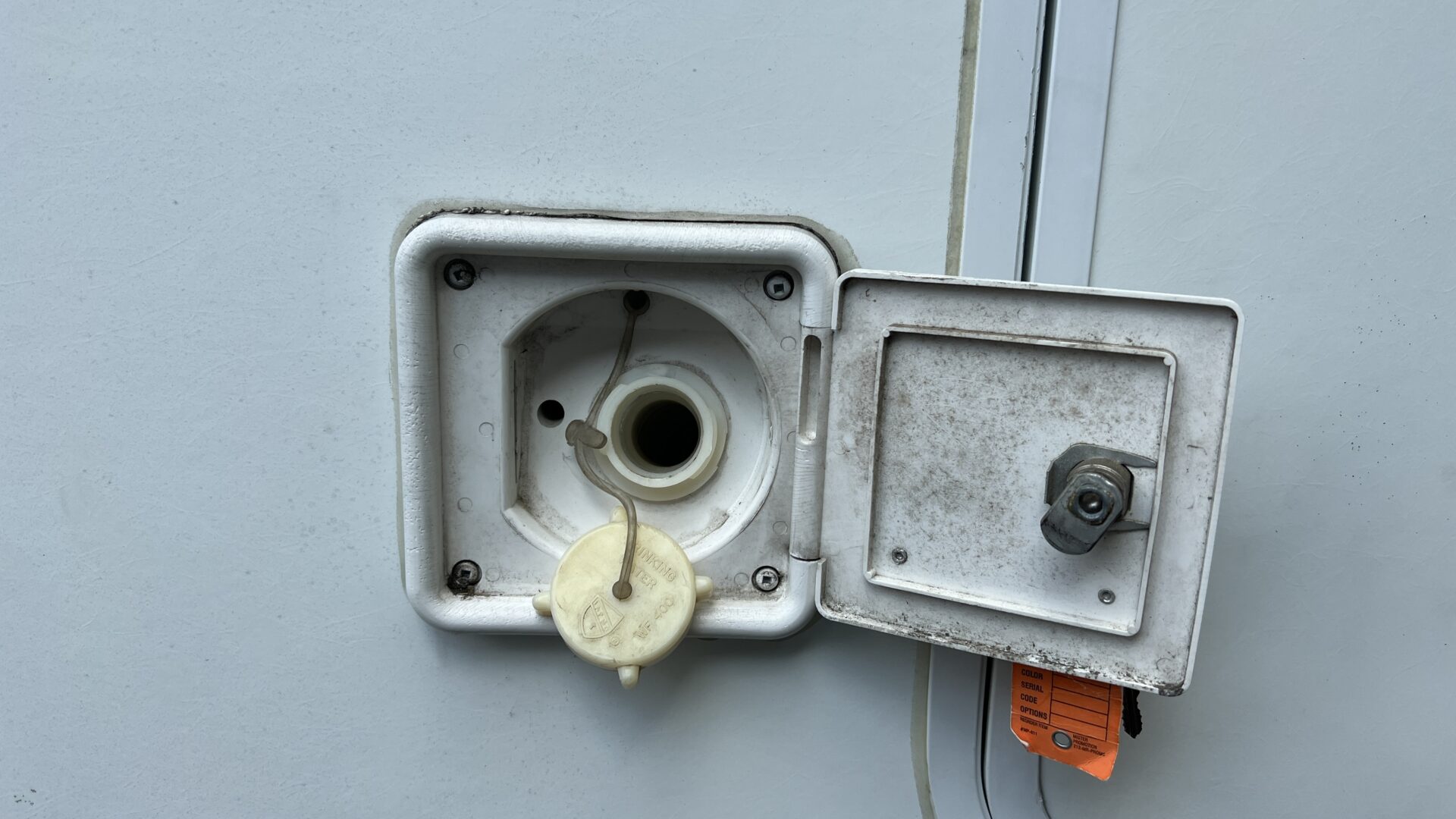
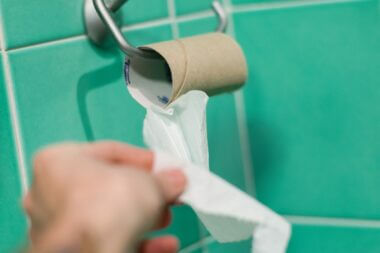

I heard it is not good to have the bleach in your hot water heater. I heard that it can damage it.
We’re using the city water straight through (not using the holding tank) in our Travel trailer we are getting a fowl smell coming from only the bathroom sink water. Will a water freshener help this if it’s a bacterial problem?